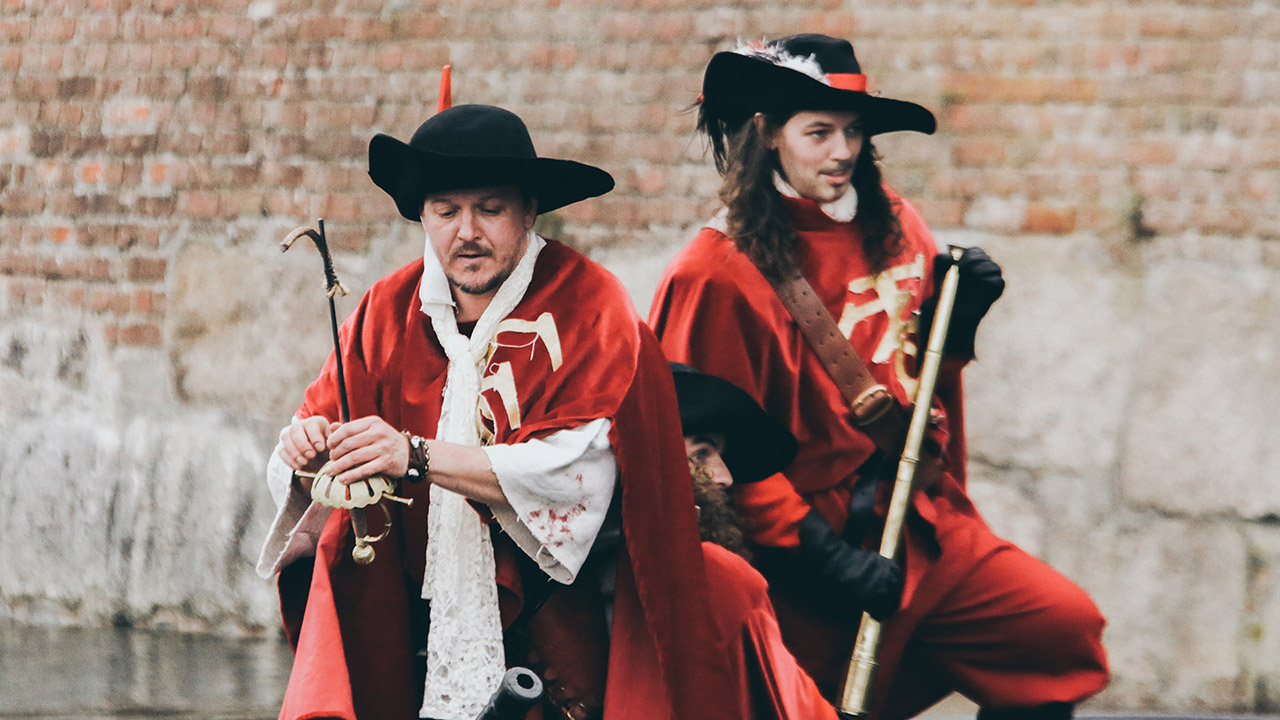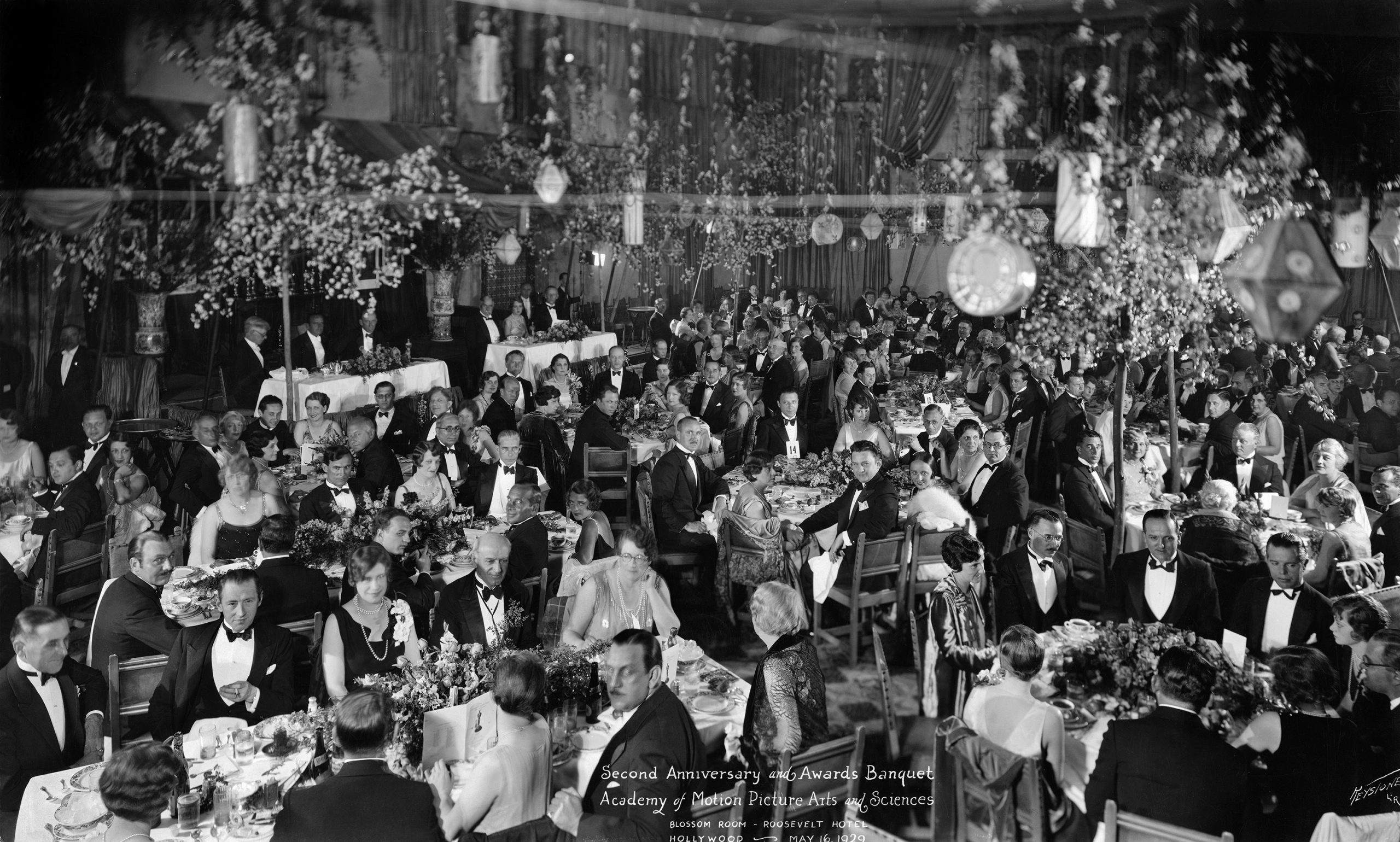“Though this be madness, yet there is method in ’t.”
Polonius, Act II Scene II, Hamlet
When it comes to explaining to clients or investors what we do, we all might feel a bit Polonius from time to time (see what we did there?!).
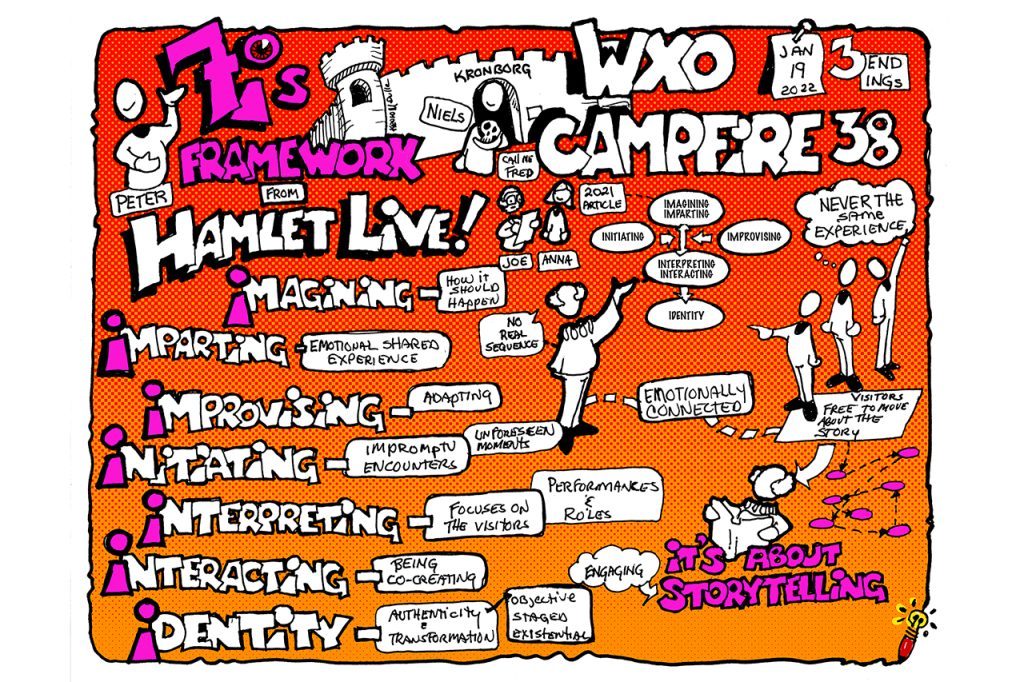
We know that the experiences we create are the result of carefully crafted frameworks, as well as an ineffable blend of creativity and ingenuity. But sometimes we need a cheat sheet to help others understand the same.
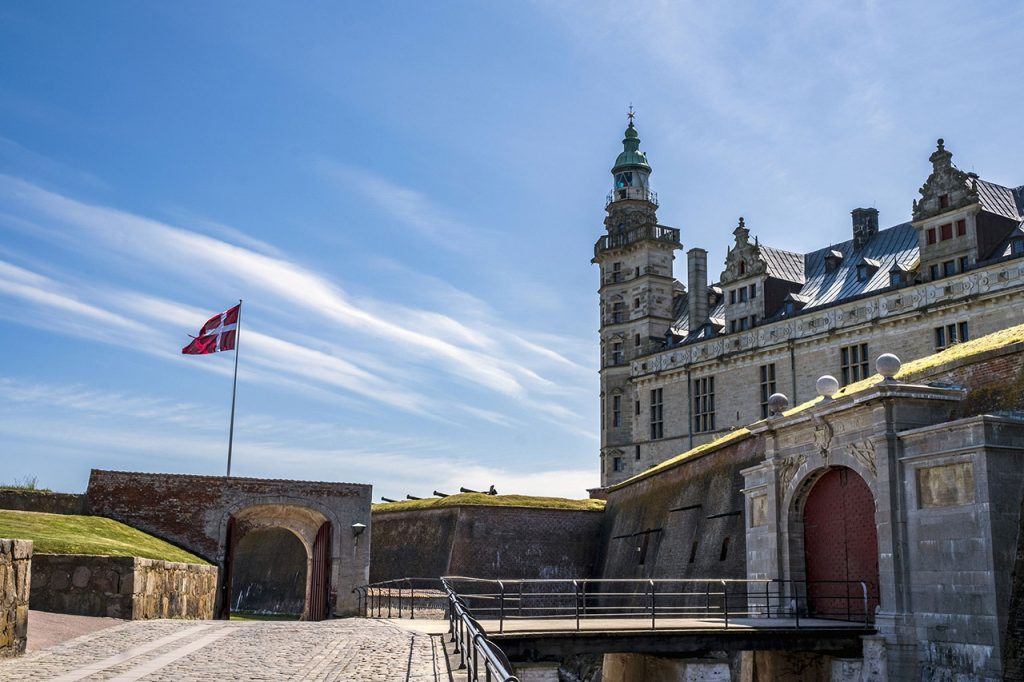
You may already have heard of Hamlet Live – the interactive retelling of Shakespeare’s play that runs at Kronborg Castle in Denmark. The production has been phenomenally successful. Since opening in 2016:
- The price of admittance has gone up by nearly 50%
- Visitor numbers have more than trebled from 100,000 to 350,000
- The museum is now able to fund other exhibitions and museums, and is what Museum Director Rane Willerslev has called “the Museum’s golden egg”
In fact, Hamlet Live has been such a smash hit that Niels Frederik Lund, lecturer at Erasmus University in Rotterdam with a PhD in tourism, was compelled to deconstruct its success and share it with the world.
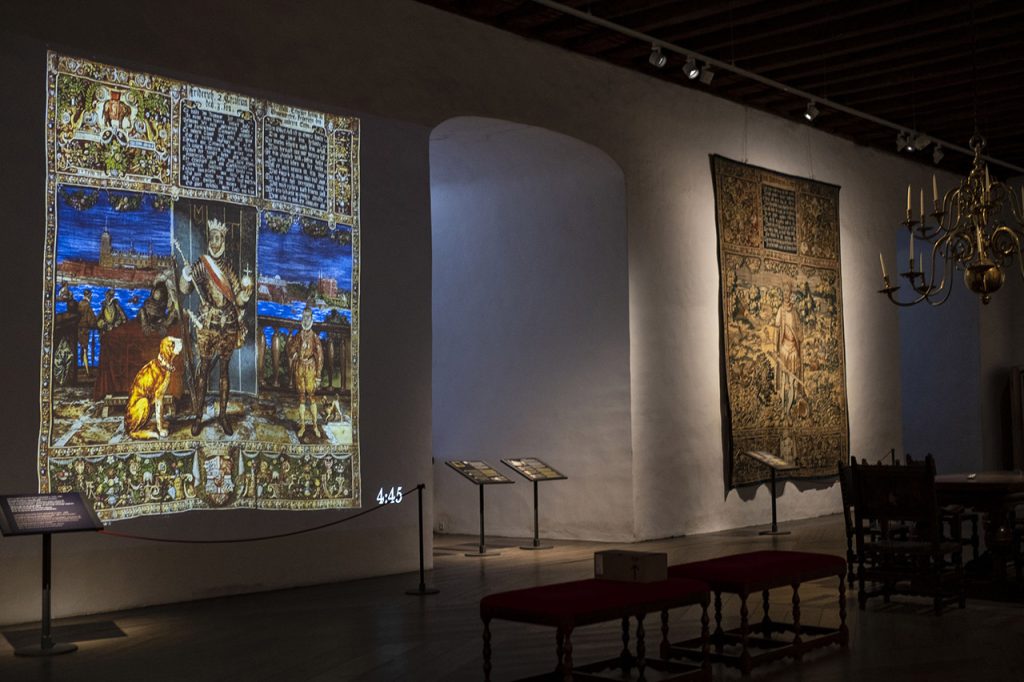
In collaboration with Peter Holst-Beck, the production’s creator, Anna Leask, a lecturer in tourism at Edinburgh Napier University, and Joe Pine, all-round Experience Economy godfather, Lund has developed an analysis called the The 7 “i”s Experiential Strategy Framework.
The next time you come over all Polonius, the seven “i”s might just help you to get to grips with both designing and communicating your experience to the world. And while it was created by studying an immersive theatre production, we think it contains gems that all experience designers can benefit from.
We asked Lund, Holst-Beck, Pine and Leask to take us through the framework, with real-life examples from Hamlet Live to illustrate each one. Here’s what we learned.
1. Imagining
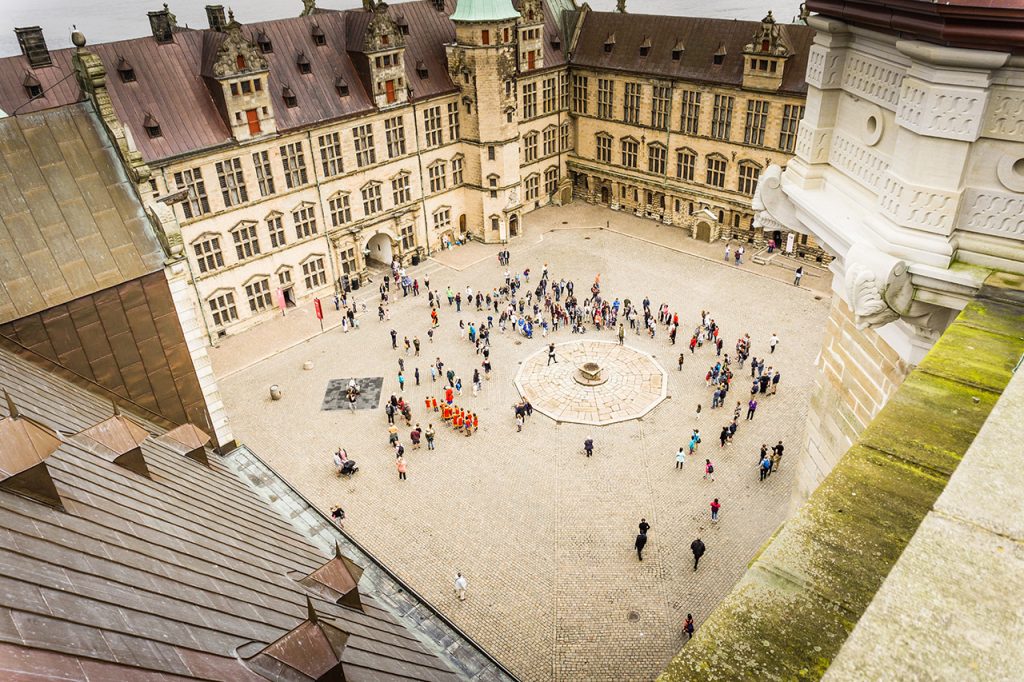
The first two steps of the framework, Imagining and Imparting, focus on producing and staging the experience for an audience.
Imagining refers to dramaturgy: the art and technique of dramatic compositions. In other words, creating a script, plot and story structure.
When designing an immersive experience, you can opt to make it linear or to encourage exploration away from the main plot. With Hamlet Live, Holst-Beck decided to make it both.
“The audience doesn’t have to follow the story. But we also have characters running around and gossiping about what’s happening around the castle, so if they miss something, they can always get back on track.”
Peter Holst-Beck, immersive experience creator
He also made the decision to boil down the cast of characters from 37 to just seven; that scenes should last no more than six minutes; and the staging was helped by the fact that Shakespeare actually had Kronborg Castle in mind when he wrote the play, so scenes could unfold in the exact locations he had imagined.
2. Imparting
Imparting is all about dialogue and how the story is communicated to the audience. This process has many layers, which is why Holst-Beck also refers to it as “(hi)storytelling”.
In the case of Hamlet, they’re not only telling the story of Shakespeare’s play, but also the story of the castle and of that period in time. To help achieve this, actors were given “story packs” that told them details specific to their character and their status in society – the King might be told about warfare and religion of the era, for example, whereas Ophelia might need to know how a banquet would unfold or how to entertain men.
Holst-Beck also flexed the fictional tale to help convey factual and historical knowledge and connect the story together. Yorick isn’t the star of the traditional Hamlet, for example – but here he comes alive, becoming the narrator who gossips, entertains children and connects all the pieces of the puzzle together.
3. Interpreting
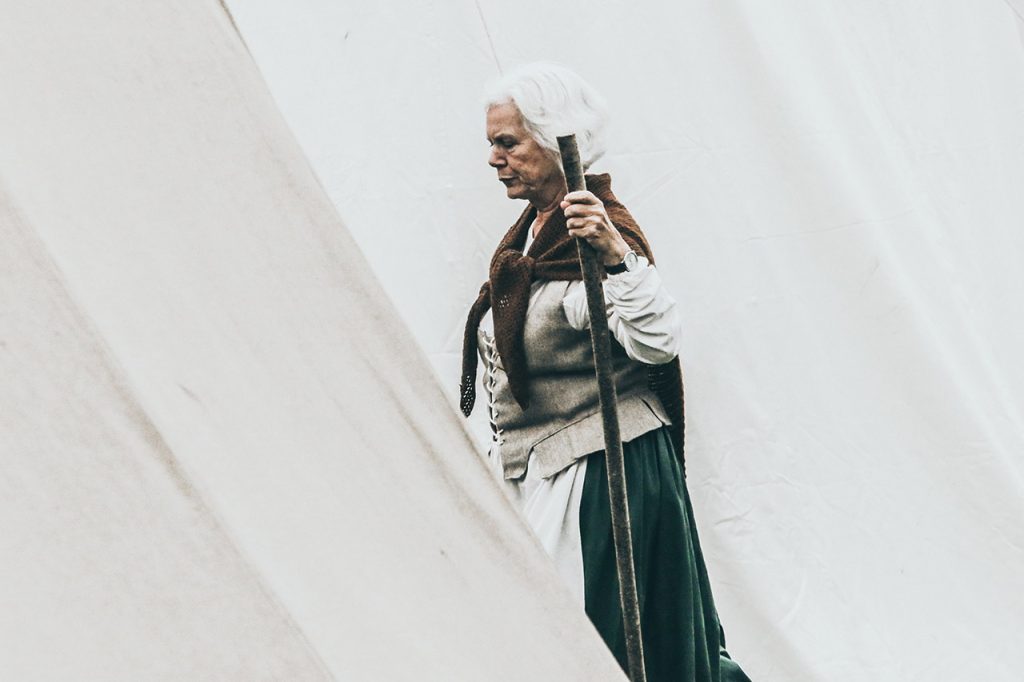
It’s at this stage where we start to look outwards to the audience, and the process of co-creation can begin. Interpreting is when performances and roles are assigned to the audience, creating liminal space or “antistructure” where visitors can leave their everyday lives behind and occupy other roles. (For more on how doing less can give participants more, see Campfires 31 & 32: Who’s The Hero?)
In Hamlet Live, visitors are assigned a character when they enter – a peasant, a foreign noble, and so on – and given a reason for their visit – to participate in the King’s coronation. Holst-Beck also tries to break them out of their usual roles – if a family arrives together, for example, they might make the son the adviser to the King.
Holst-Beck also presents the audience with dilemmas to engage them more deeply in the action. For example, they’re invited to sing and clap along to a smear song Yorick sings about the King – but when Yorick is captured and put in the stocks, they’re asked to throw sponges at him, creating a moral dilemma. This ambiguity shakes them out of their torpor and makes them truly present in the moment.
4. Interacting
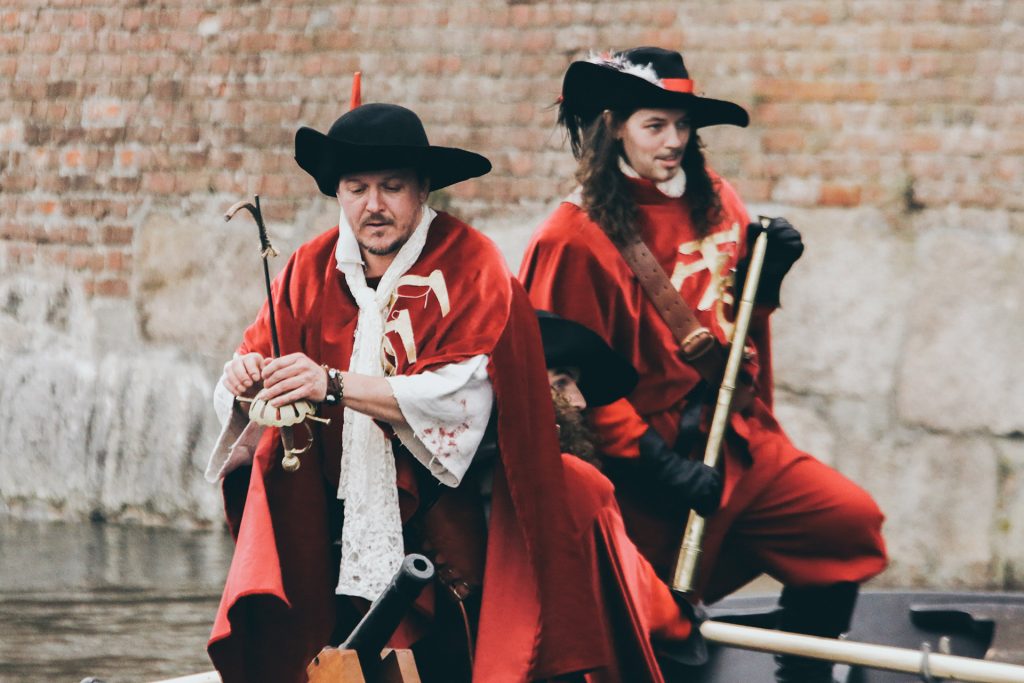
This is when the fourth wall is truly removed and the audience become co-creators of the story.
This might mean not only becoming heroes, but villains – an audience member is invited to poison the sword that kills Hamlet, for example. Some people might prefer to observe, whereas others want to jump into the action – see Martin Coat’s now-WXO famous observation that people are either “skimmers, swimmers or divers”.
Holst-Beck also points out that enabling people to make their own choices makes them more likely to return to the experience at a later date. By not giving away all the action at once, they have an incentive to come back and explore the avenues they previously neglected.
5. Initiating
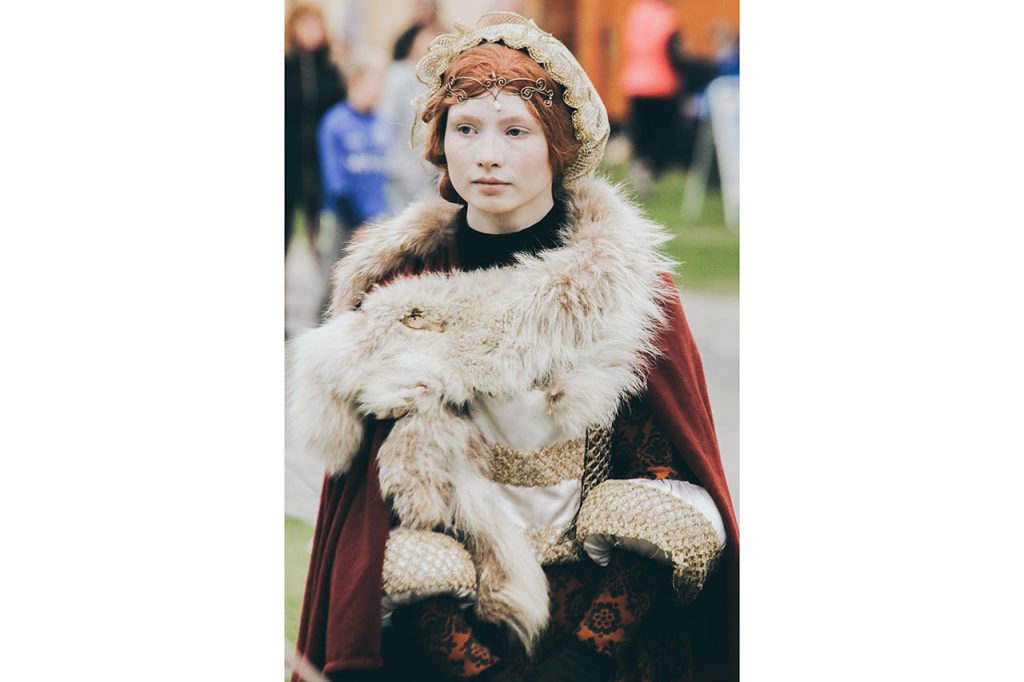
Another way to create these multiple pathways through the experience is to allow for impromptu encounters – scenes that aren’t signposted and comes as a surprise. Lund mentioned seeing Ophelia crying in a hallway because Hamlet had broken up with her and instantly falling in love with the character, for example.
“When we go travelling, we remember things like the street musician who turns out to be excellent, or the magician at the restaurant. Impromptu moments are important – you should feel the thrill of never quite knowing what’s going to happen.”
Peter Holst-Beck, immersive experience creator
However, Holst-Beck also learned that people do need some sort of structure so they feel safe to explore. When Hamlet Live launched in 2016, people had no idea what to expect. They later introduced an announcer in the main courtyard and a blackboard listing the main scenes. This only amounted to about 30% of the action, but enabled people to feel confident enough to write their own scripts on top of the main event.
6. Improvising
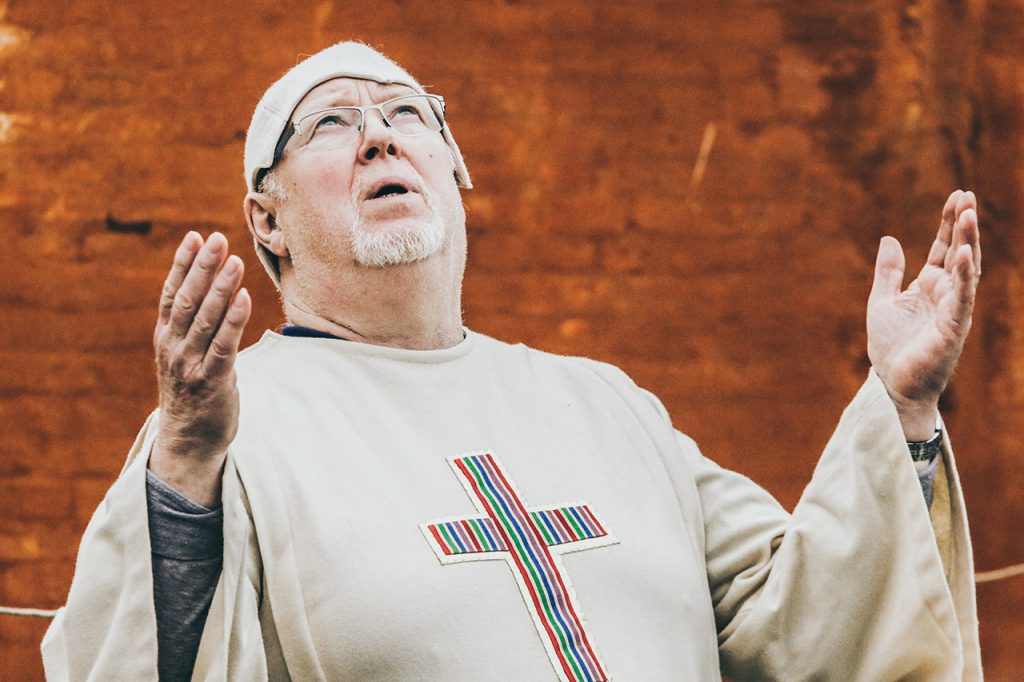
As we’ve previously discussed in our Campfires, when it comes to experiences, we’re all improv actors now. By creating space to improvise and adapt, the story can evolve and grow alongside the audience.
Holst-Beck specifically created moments for improvisation – for example, Hamlet has to write a poem to Ophelia and enlists the help of the audience. If she likes the final poem, he takes the credit – and if she doesn’t, he blames the guests!
Visitors can also choose to follow one character throughout the day rather than the storyline – this might be exhausting for the actor, but provides another opportunity to create stories within stories.
7. Identity
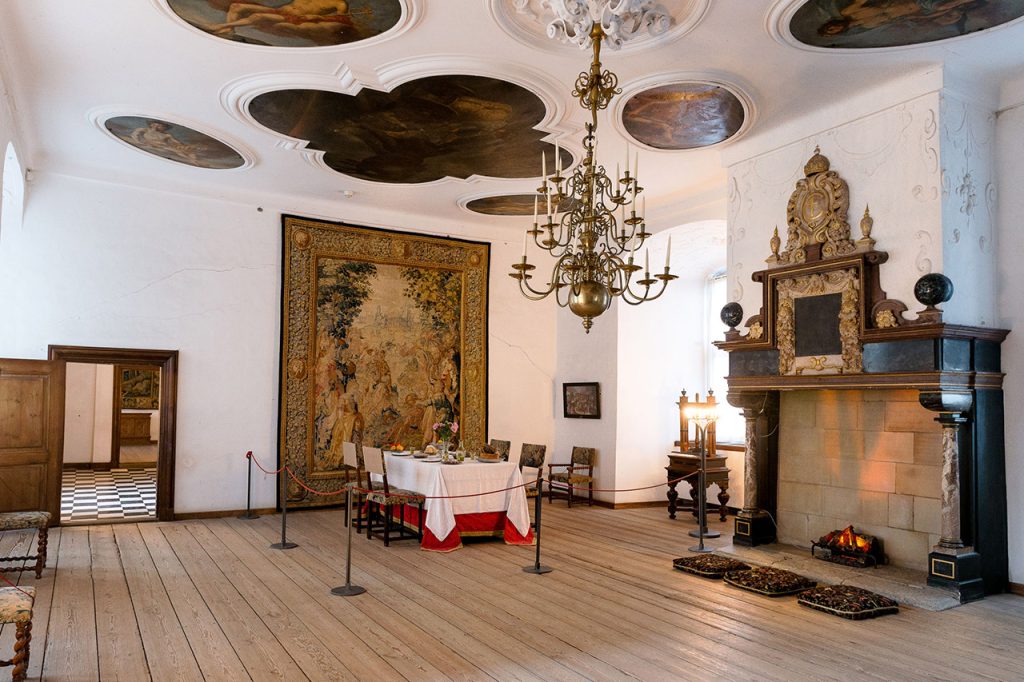
The outcome, or perhaps reward, for following the above six stages is Identity: both in terms of transformation and authenticity. Lund identified three types of authenticity that arise:
Objective authenticity: a historic setting, original costumes and weapons.
Staged authenticity: a theatrical production that seems real.
Existential authenticity: an intense emotional experience that feels real.
When these combine, people learn something, they reflect on how they’ve taken part in it, and for some it can be truly transformative – for example, it might spark an interest in history that they take home with them and investigate further.
Tell Me I’m A Gangster
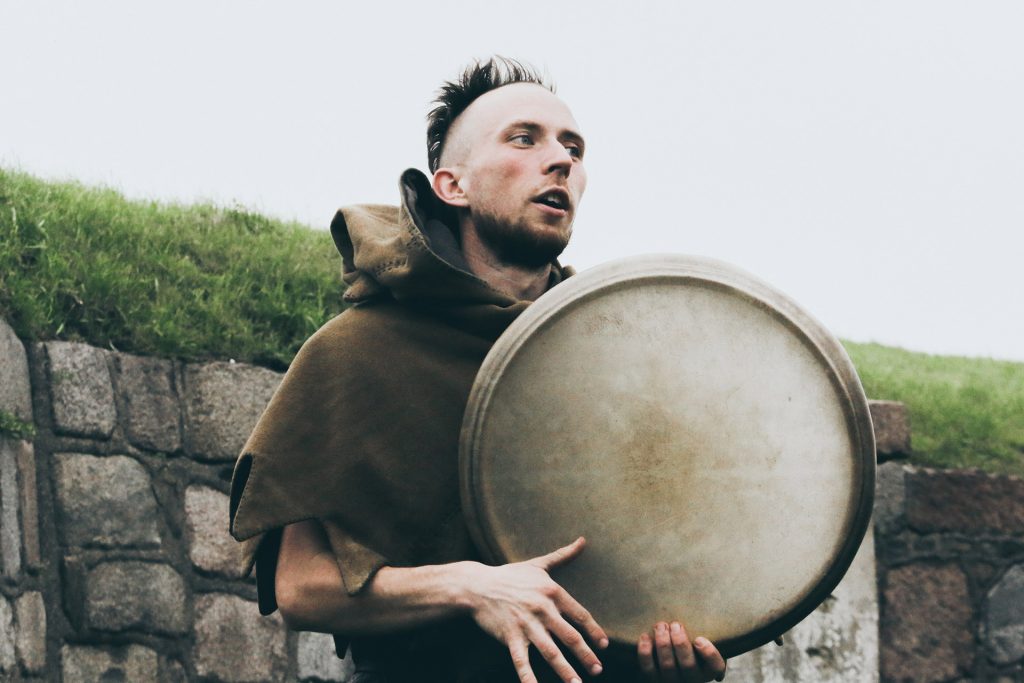
Having soaked up the 7 “i”s framework, we threw the conversation over to our Campfire to see what they made of it.
WXO CEO James Wallman talked about how the assigning of characters in the Interpreting stage could be helpful in some work he’s doing designing a trip to Morocco for New Scientist Discovery Tours.
“In the medina, I’m usually useless at haggling – but if you tell me I’m a gangster from Casablanca, I might be able to let go of these fears”.
James Wallman, CEO, The WXO
Claire Chapelli agreed that this staged authenticity allows people a way into an experience.
“When people have pre-existing associations of a role – the rockstar, for example – it helps them to dive in much faster.”
Claire Chapelli, immersive theatre producer
Designing For Deep Divers And Shallow Skimmers
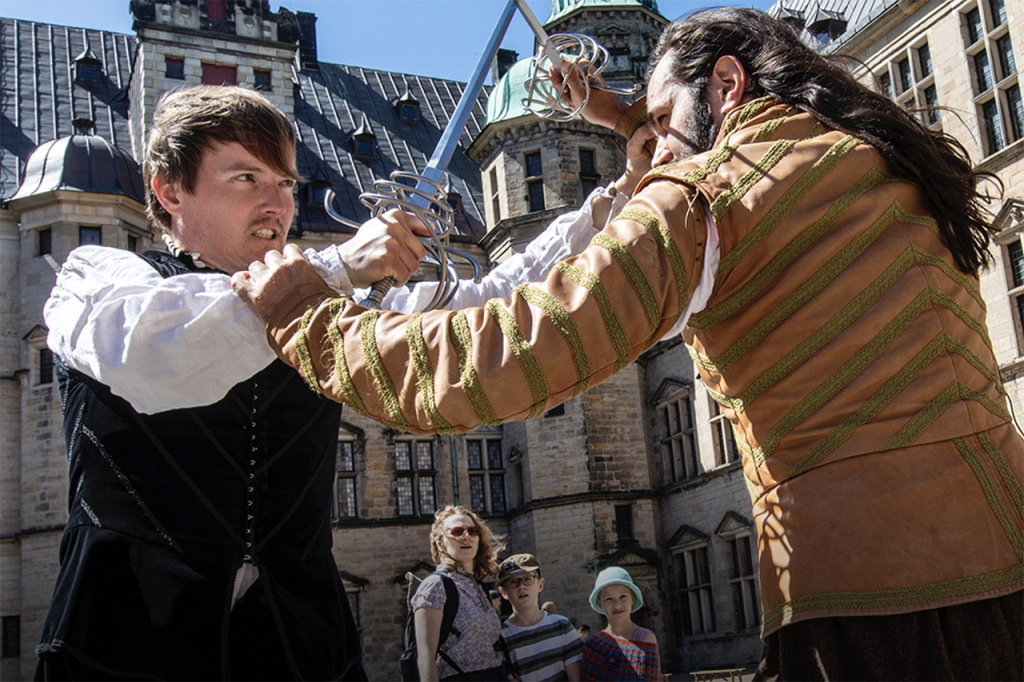
It seems like passive experiences may be a thing of the past. But when you’re trying to engage both shallow skimmers and deep divers, how do you keep everyone interacting and interpreting?
Holst-Beck argued that even those who prefer to keep their distance can gain something from the experience – you just can’t expect anything back from them.
“Some people just want to be spectators, but they still like to be addressed.”
Peter Holst-Beck, immersive experience creator
When the audience drives the story and setting, it creates a certain intensity. At Hamlet Live, visitors can also take part in workshops such as astronomy or sword fighting, led by the actors. The actors might be constantly tailed by audience members – as Holst-Beck explained:
“They need to be present all the time, so they’re totally drained! That’s why we have a cast of 18 for 7 parts. They each only work 3-4 days per week.”
Peter Holst-Beck, immersive experience creator
As Klaus Sommer Paulsen pointed out, this level of interactivity is becoming the norm in experiences such as theme parks.
“It’s not just the feeling of the story or being able to interact with key characters; you also get to change the storyline”
Klaus Sommer Paulsen, author and experience strategist
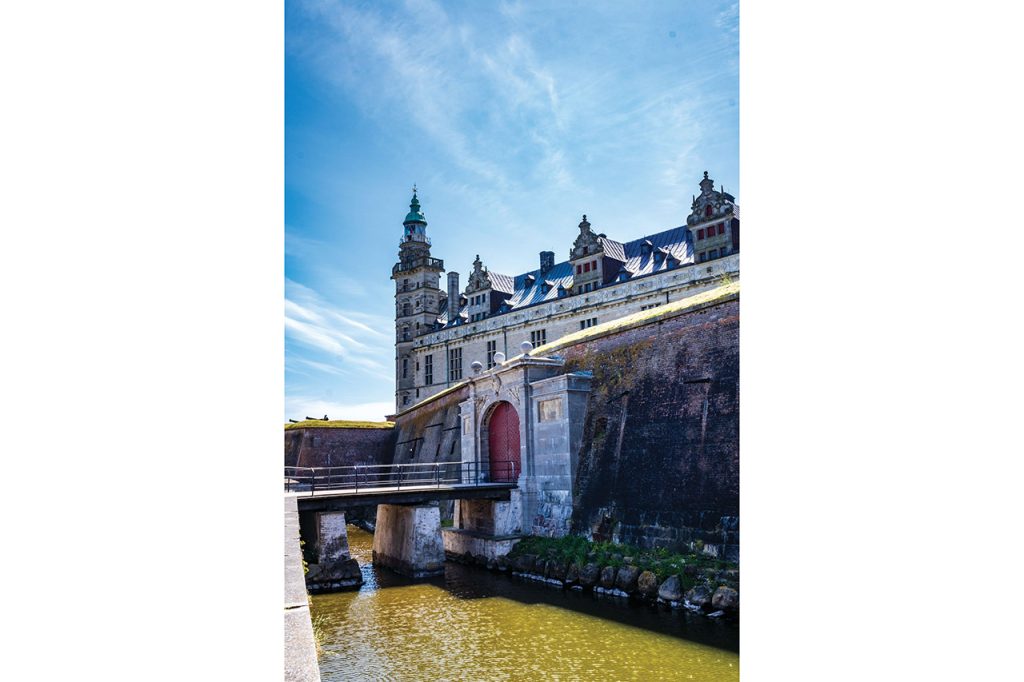
However, building space for improvisation isn’t limited to an entertainment setting. Lori Buscaglia works in healthcare spaces, and wondered how the idea of signposting only 30% of what you do and leaving the rest to spontaneity might work.
“The temptation is to plot everything out in a linear way, but for those people coming in every day, how could we bring some spontaneity and freshness? Perhaps we could build in a piece of daily trivia, or a Choose Your Own Adventure-style element.”
Lori Buscaglia
It’s also worth bearing in mind that we’re not just designing for different people; we’re designing for the many different people we might transition through in the space of a day.
“We’re all different at 9am and at 6pm, or with different friends, or when we wear different clothes. As experience designers, how can we support participants to take that step across the threshold into the person they want to be?”
James Wallman, CEO, The WXO
Making The Immersive Visible
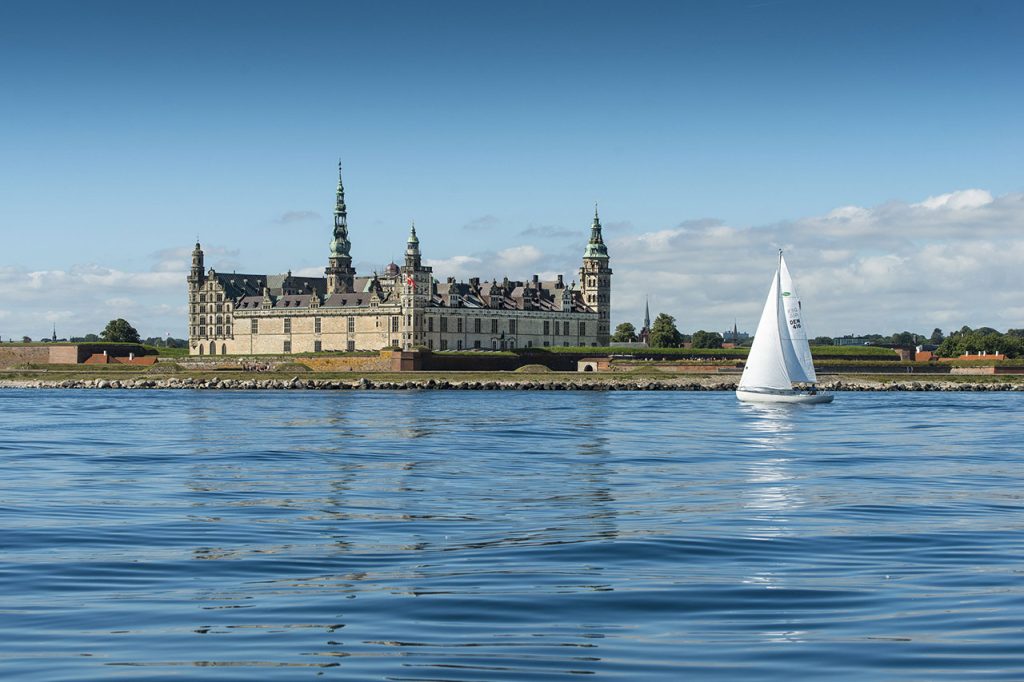
Part of the value of the 7 “i”s is that it helps to separate immersive experiences from merely interactive.
“The model is useful for defining what is truly ‘immersive’, as it’s such an overused term for events and productions.”
Pigalle Tavakkoli, experience designer
(For more on the definition of immersive, check out Campfire 20: The Immersive Firestarter.)
Tavakkoli pointed out that the “i”s are not only useful in together defining the core components of immersion, but also as a scale that can help to guide creators through the complex roadmap of an immersive production.
And it’s not only useful for those guiding those who are building an experience, but for those outside of it – namely investors.
“In the past, I’ve found it hard to explain to people what we were really doing because it’s a creative business. Now I can use this model to show them what’s going to happen so they understand it.”
Peter Holst-Beck, immersive experience creator
As Sommer Paulsen said, to get the Experience Economy off the road, we need to go outside the circle of academics. Interdisciplinary collaboration is key – and is what we’re trying to amplify here at The WXO!
Scaling Up The Seven
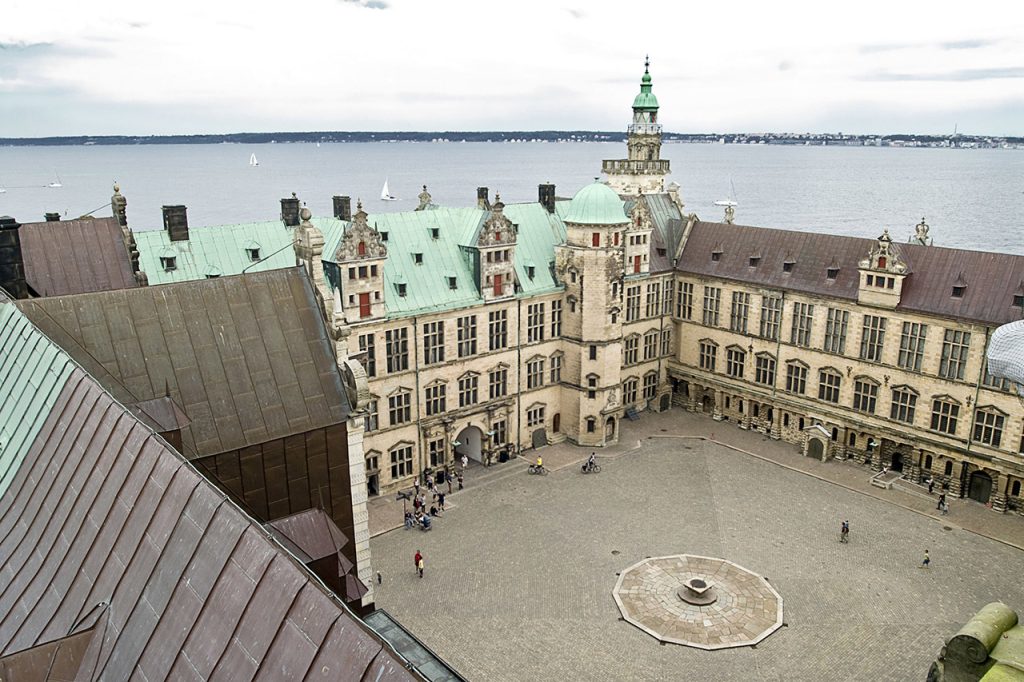
Hamlet Live employs 18 actors in total, of which seven work on a daily basis. Per day, 3,000 people come through the doors.
Scaling up an experience can seem daunting and put you at risk of cutting corners or lowering the quality, particularly when it comes to Interacting and Improvising. However, Holst-Beck has found that the 7 “i”s framework remains useful as you increase your scope.
“When you’re scaling it’s important to have all 7 ‘i’s in mind, even if you don’t use them all. I’ve learned that they create the whole.”
Peter Holst-Beck, immersive experience creator
This is true of all the tools in our experience toolbox, as we discussed in Campfire 37: The Hierarchy of Experiences. You might not use every tool on every problem, but you still keep them in the locker just in case you need them.
Audette Sophia suggested optimising one or two of the “i”s and weaving in as many of the others as makes sense to support them.
“What’s the trunk of the tree, so we don’t get caught in the branches? Which is most relevant to the end objective I’m trying to deliver? What works for a big team and for a tiny individual creator might not be the same.”
Audette Sophia, extraordinary experience creator
The WXO Take-Out
Whether you create immersive experiences or something completely different, when applied thoughtfully the seven “i”s can act as a roadmap both for those involved in building your experience and those seeking to understand how it works and its value.
When next designing an experience, try asking yourself the following:
- Can you see each of the 7 “i”s in your experience? Which ones are missing?
- Does your experience have dramatising elements?
- In your experience, can visitors / users enter a liminal world where “antistructure” reigns, where they can be playful and mischievous, freed from their normal roles and status?
- Does your experience focus on clear wayfinding or impromptu surprises?
- Do you create existential authenticity for your audience / users / etc?
- How could you use the 7 “i”s to pitch your experience to an investor?
Want to be part of the most inspiring experience conversations in the world? Apply to become a member of the World Experience Organization here – to come to Campfires, become a better experience designer, and be listed in the WXO Black Book.

